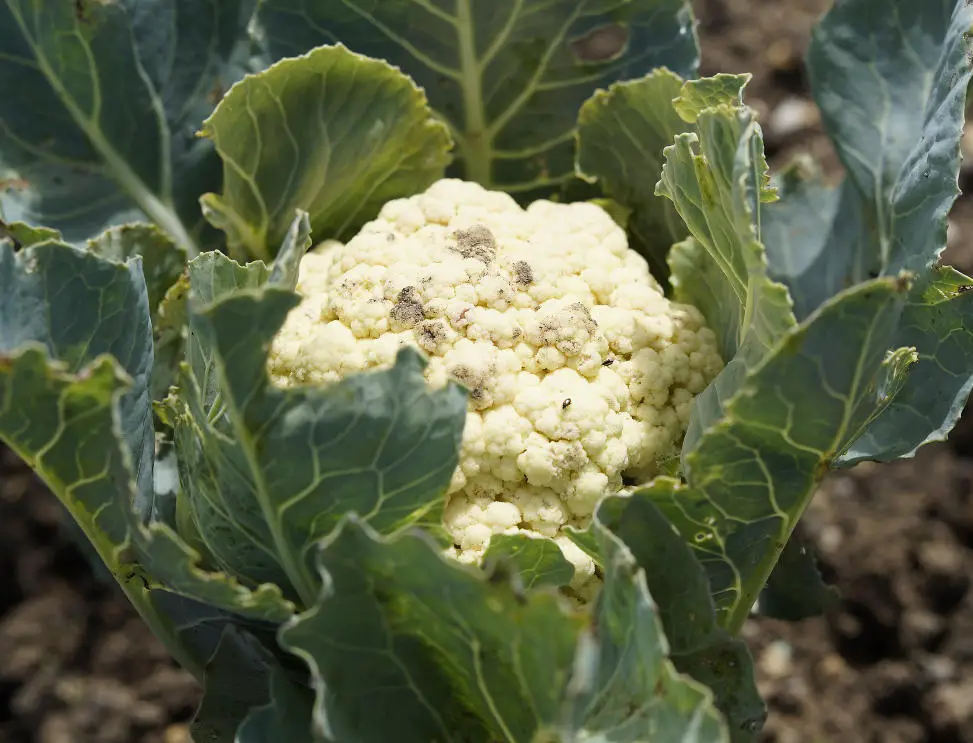Unlocking the Secrets of Container-Grown Cauliflower
Cauliflower, with its delicate florets and versatile culinary uses, is a prized addition to any garden. Even if you have limited space, you can still enjoy the bounty of homegrown cauliflower by cultivating it in containers. In this guide, we’ll delve into the step-by-step process of growing cauliflower in containers, covering everything from meeting its basic needs to harvesting and storing your homegrown harvest.
Basic Needs: Providing the Essentials for Cauliflower Success
Before embarking on container gardening for cauliflower, it’s crucial to understand its basic requirements. Cauliflower thrives in nutrient-rich, well-draining soil with a pH level between 6.0 and 7.0. Select a container that is at least 30 cm deep to accommodate the cauliflower’s deep root system. Ensure the container has adequate drainage holes to prevent waterlogging and place it in a sunny location that receives at least 6 hours of sunlight daily.
Growing Techniques: Planting and Nurturing Your Cauliflower
Planting cauliflower in containers is a straightforward process that begins with preparing the soil. Fill your container with a high-quality potting mix, leaving about 2.5 cm of space between the soil surface and the rim of the container. Sow cauliflower seeds or transplant seedlings into the soil, spacing them 45 to 60 cm apart to allow room for growth. Water the soil thoroughly after planting, and keep it consistently moist throughout the growing season.
To promote healthy growth, fertilize your cauliflower plants with a balanced fertilizer every 3 to 4 weeks. Monitor for pests such as aphids and cabbage worms, and use natural remedies such as insecticidal soap to control infestations. Provide support for your cauliflower plants as they grow taller by staking them or using a trellis to prevent them from toppling over.
Problem-Solving: Addressing Common Cauliflower Challenges
While cauliflower is generally a resilient crop, it may encounter certain challenges during the growing season. One common issue is the development of loose, poorly formed heads, which can occur due to stress or fluctuations in temperature. To prevent this, ensure your cauliflower plants receive consistent moisture and temperatures throughout their growth cycle.
Pest infestations, such as aphids and cabbage worms, can also pose a threat to cauliflower plants. Monitor your plants regularly for signs of pests, and use natural remedies such as neem oil or insecticidal soap to control infestations. Proper sanitation practices, such as removing debris and fallen leaves, can also help prevent pest outbreaks.
Harvesting and Storage: Enjoying the Fruits of Your Labor
Harvesting cauliflower is a gratifying experience that allows you to enjoy the fresh, crisp texture of homegrown produce. Harvest cauliflower heads when they reach a desirable size, typically around 15 to 20 cm in diameter and have compact, tightly closed florets. Use a sharp knife to cut the cauliflower head from the plant, leaving about 2.5 cm of stem attached.
After harvesting, store cauliflower heads in the refrigerator for up to a week, allowing you to enjoy their crisp texture and mild flavour in a variety of dishes. Cauliflower can also be blanched and frozen for long-term storage, preserving its freshness and nutritional value.
Tips: Maximizing Cauliflower Success
- Provide consistent moisture: Cauliflower requires consistent moisture throughout the growing season, so water regularly to keep the soil evenly moist.
- Protect from extreme temperatures: Cauliflower prefers cool temperatures and may bolt or develop loose heads in response to heat stress. Provide shade during hot weather or plant cauliflower in early spring or late summer to avoid temperature extremes.
Harvesting the Delight of Container-Grown Cauliflower
Growing cauliflower in containers is a rewarding adventure that allows you to enjoy the fresh, delicate flavors of homegrown produce right from your own patio or balcony. By meeting its basic needs, employing effective growing techniques, and addressing any challenges that arise along the way, you can cultivate a bountiful harvest of cauliflower that will delight your taste buds and nourish your body.

